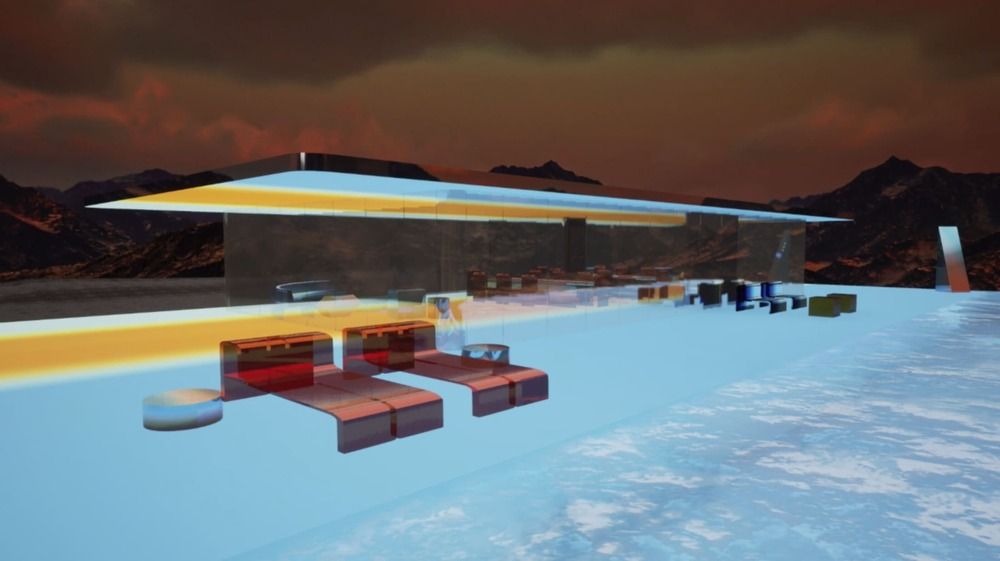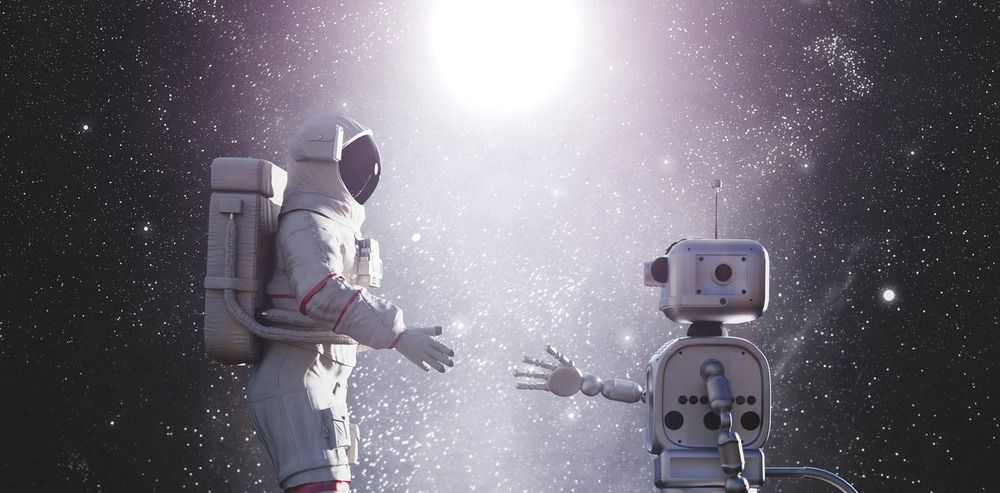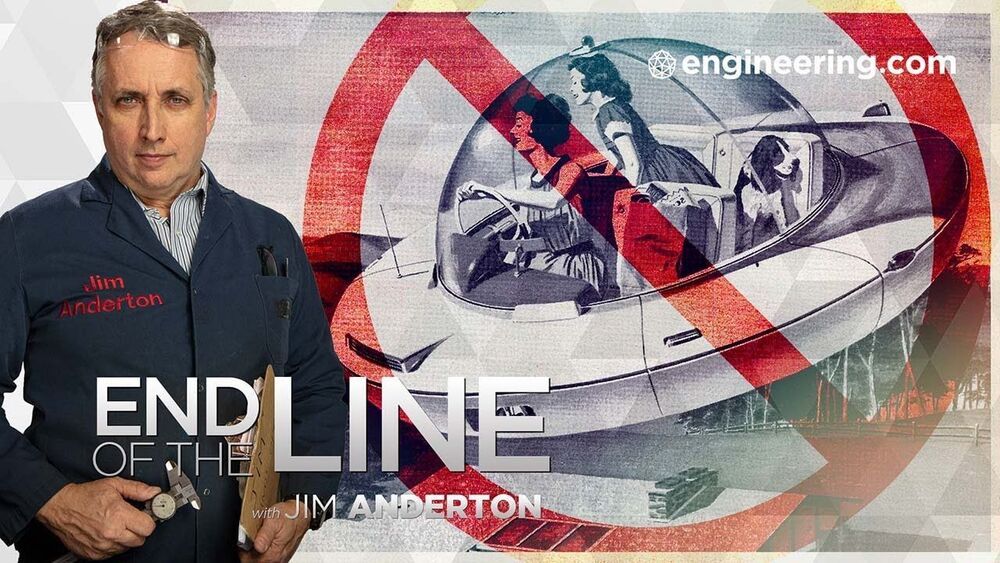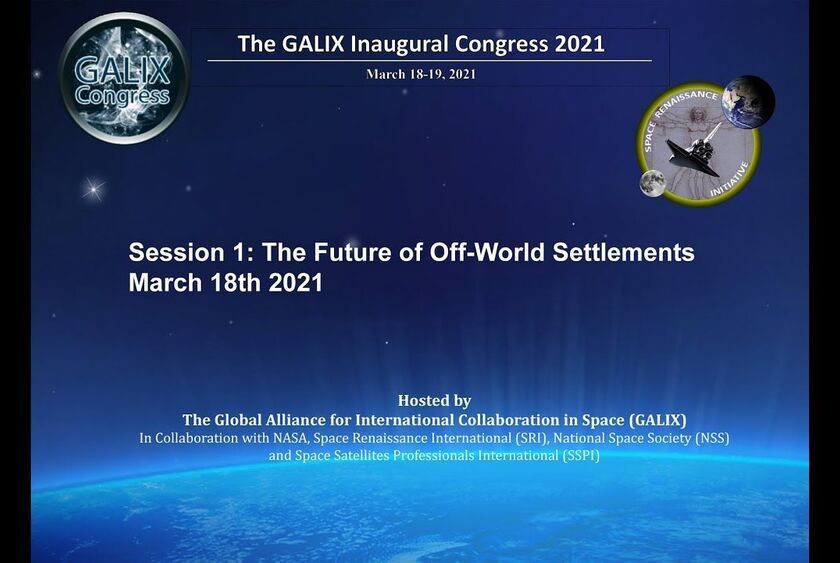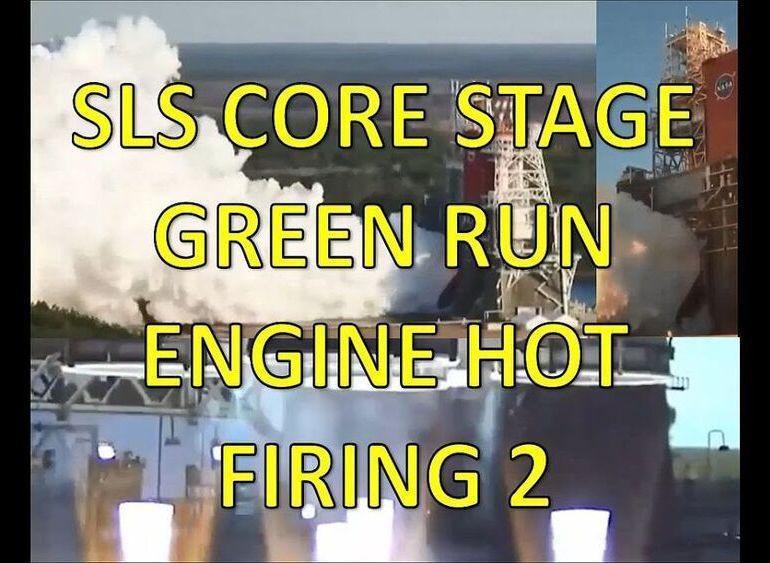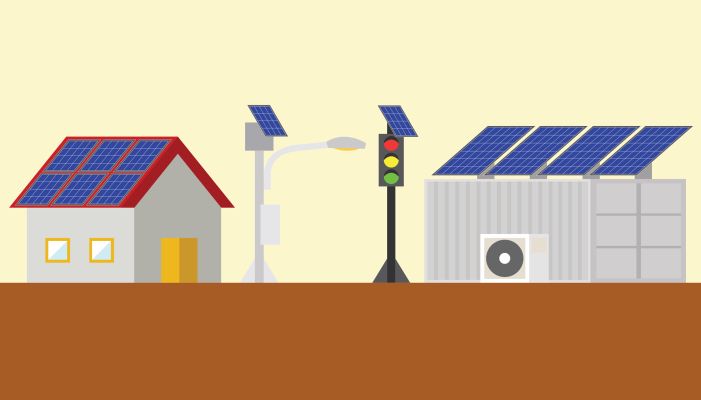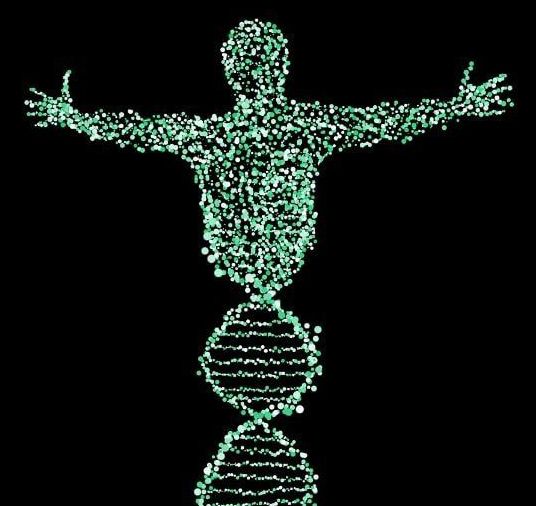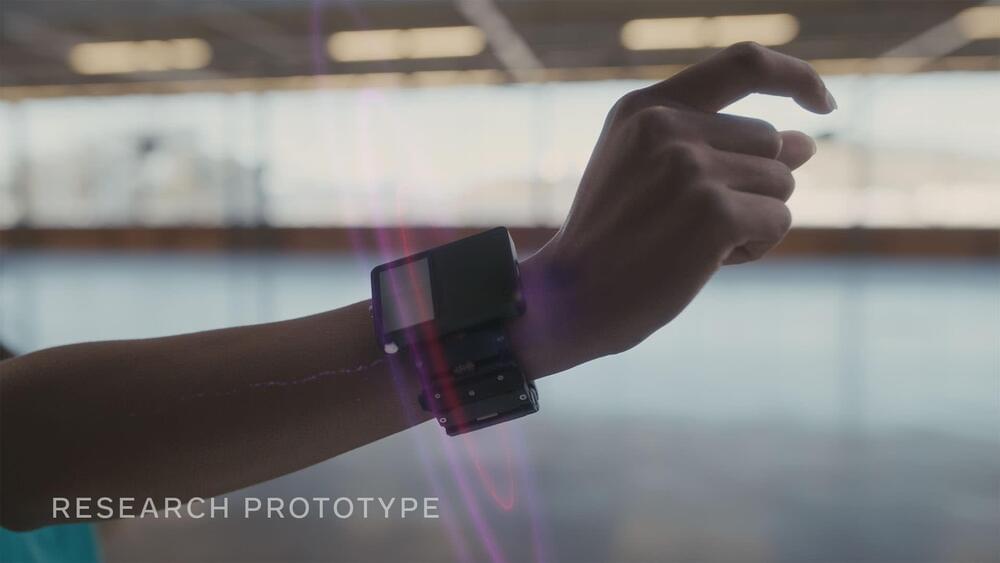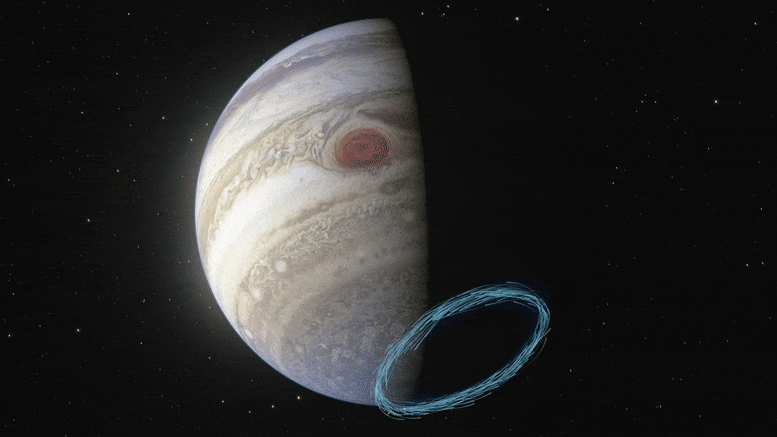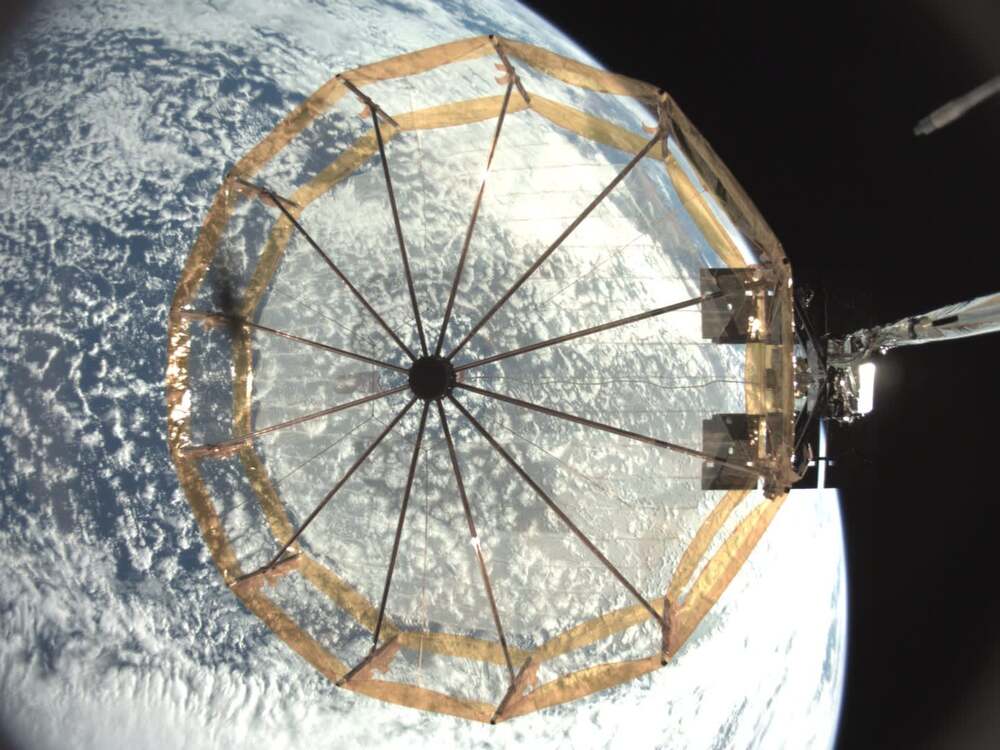“NFTs can go into an augmented reality, 3D asset space,” contemporary artist Krista Kim told CNBC.
Do humans really have to go into space?
Artificial intelligence has been making waves in recent years, enabling us to solve problems faster than traditional computing could ever allow. Recently, for example, Google’s artificial intelligence subsidiary DeepMind developed AlphaFold2, a program which solved the protein-folding problem. This is a problem which has had baffled scientists for 50 years.
Advances in AI have allowed us to make progress in all kinds of disciplines – and these are not limited to applications on this planet. From designing missions to clearing Earth’s orbit of junk, here are a few ways artificial intelligence can help us venture further in space.
We were all promised the future would be like the Jetsons, with push-button flying cars. What happened? Well, multiple firms are developing flying cars right now, but the inhibiting factor for widespread adoption may not be in the hardware or software: but due to an unlikely source: insurance. These vehicles are expected to be radically different from either helicopters or fixed wing aircraft, and as such insurance industry has little baseline data on which to assess risk. The obvious implications of vehicle falling a crowded downtown street make this a serious issue. What can be done? Jim has a definite opinion on the subject.
Manufacturing veteran James Anderton expresses his compelling and unique opinions about the state of the manufacturing sector. He shares his thoughts and insights to help engineering and manufacturing professionals navigate through the challenges of world events, the blending old with new technologies, evolving processes, gaps in skilled labour, in an effort to help maximize productivity of their daily operations.
James is a former editor of trade publications in the automotive, metalworking and plastics industries with contributions to a wide range of print and on-line publications. He also brings prior industry experience in quality and manufacturing for a Tier One automotive supplier.
* * *
# **A $3.5 Trillions Space Economy in 2040**
The first session of the GALIX Cyber-conference, that took place today, and I was in the panel, together with Michelle Hanlon (ForAllMoonkind), Madhu Thangavelu (Moon Village Association), Alicia Woodly (AXIOM). The panel was excellently chaired by Jean-Jacques Tortora (ESPI).
Success! The SLS Core Stage had a successful eight minute hot fire test at NASA’s Stennis Space Center on 18 March 2021. See the run down to and the full duration eight minute firing of the Core Stage of the Artemis 1 Space Launch System. Now on to KSC and launch!
Engines fire at timestamp 44:09
For gardening in your space habitat (or on Earth) Galactic Gregs has teamed up with True Leaf Market to bring you a great selection of seed for your planting. Check it out: http://www.pntrac.com/t/TUJGRklGSkJGTU1IS0hCRkpIRk1K
Microgrids can connect and disconnect from the grid. By operating on normal “blue-sky” operating days as well as during emergencies, microgrids provide uninterrupted power when the grid goes down — and reduce grid constraints and energy costs when grid-connected. Previously the sole domain of military bases and universities, microgrids are growing 15% annually, reaching an $18 billion market in the U.S. by 2022.
For grid resiliency and reliable power supply, there is no better solution than community-scale microgrids that connect critical infrastructure facilities with nearby residential and commercial loads. Funding feasibility studies and audit-grade designs — so that communities have zero-cost but high-quality pathways to constructable projects, as New York State did with the NY Prize initiative — is a proven way to involve communities in their energy planning and engage the private sector in building low-carbon resilient energy systems.
Unpredictability and complexity are quickening, and technology has its place, but not simply as an individual safeguard or false security blanket. Instead, technology should be used to better calculate risk, increase system resilience, improve infrastructure durability and strengthen the bonds between people in a community both during and in between emergencies.
Summary: A new technique which involves fusing human and chimpanzee skin cells that have been modified to act like stem cells, allowed researchers to identify two novel genetic differences between humans and chimps.
Source: Stanford University.
One of the best ways to study human evolution is by comparing us with nonhuman species that, evolutionarily speaking, are closely related to us. That closeness can help scientists narrow down precisely what makes us human, but that scope is so narrow it can also be extremely hard to define. To address this complication, researchers from Stanford University have developed a new technique for comparing genetic differences.
Facebook is showing off its mind-reading wrist device and an augmented reality keyboard that it is working on as it prepares to release its smart glasses.
“The most spectacular result is the presence of strong jets, with speeds of up to 400 meters per second, which are located under the aurorae near the poles,” says Cavalié. These wind speeds, equivalent to about 1450 kilometers an hour, are more than twice the maximum storm speeds reached in Jupiter’s Great Red Spot and over three times the wind speed measured on Earth’s strongest tornadoes.
“Our detection indicates that these jets could behave like a giant vortex with a diameter of up to four times that of Earth, and some 900 kilometers in height,” explains co-author Bilal Benmahi, also of the Laboratoire d’Astrophysique de Bordeaux. “A vortex of this size would be a unique meteorological beast in our Solar System,” Cavalié adds.
Satellite imagery specialist Capella Space on Thursday released the first images captured by its two latest spacecraft launched in January.
The firm is trying to tap part of an Earth intelligence market it estimates is worth about $60 billion.
Capella’s business is based on combining a special type of imagery with a small, inexpensive spacecraft. The company is building a network of satellites that can capture images of places on Earth multiple times a day.
